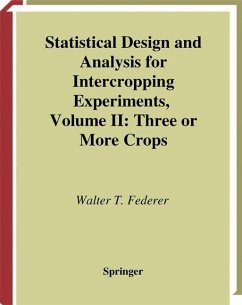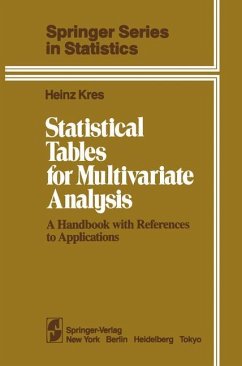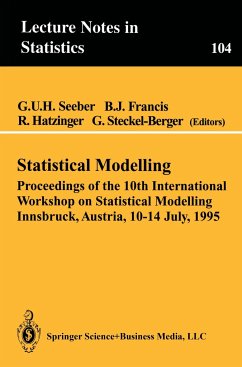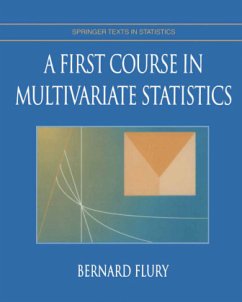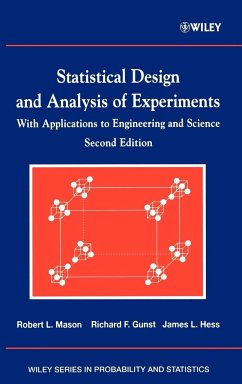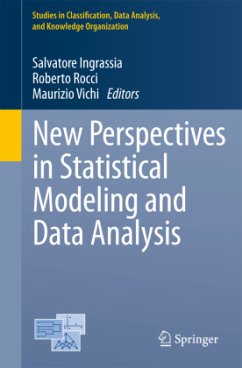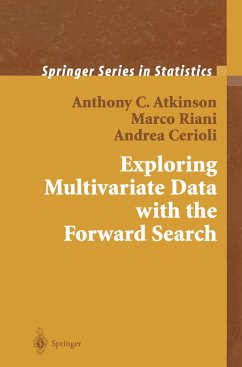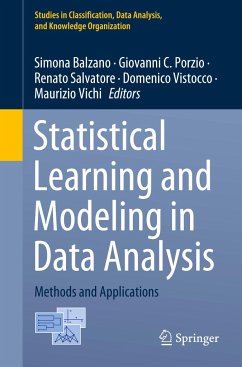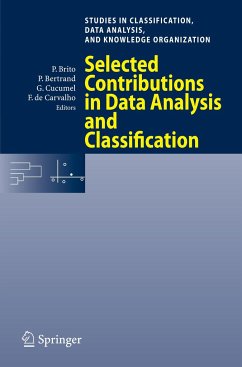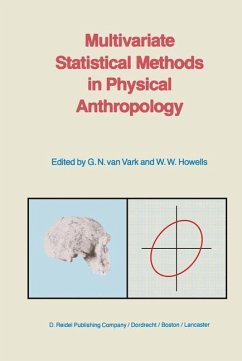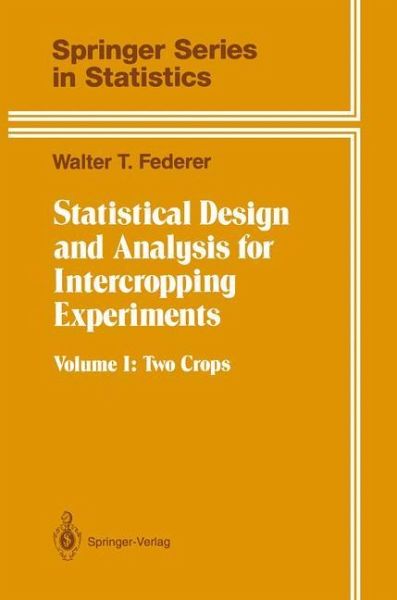
Statistical Design and Analysis for Intercropping Experiments
Volume 1: Two Crops
Versandkostenfrei!
Versandfertig in 1-2 Wochen
38,99 €
inkl. MwSt.
Weitere Ausgaben:

PAYBACK Punkte
19 °P sammeln!
Intercropping is a method of sustaining or improving soil structure by growing two or more crops on the same field. It is a technique of wide application and of growing importance for both commercial and subsistence farmers. This textbook provides a comprehensive survey of the design and analysis of intercropping experiments. Its main themes are that techniques such as relative indices make it possible to cover a wide variety of conditions, and that statistical models for density-yield relations enable recommendations to be made to growers of crops. As a result, graduate students and researche...
Intercropping is a method of sustaining or improving soil structure by growing two or more crops on the same field. It is a technique of wide application and of growing importance for both commercial and subsistence farmers. This textbook provides a comprehensive survey of the design and analysis of intercropping experiments. Its main themes are that techniques such as relative indices make it possible to cover a wide variety of conditions, and that statistical models for density-yield relations enable recommendations to be made to growers of crops. As a result, graduate students and researchers in statistics, biometry, and agriculture whose study involves intercropping will find this an invaluable text and reference.



